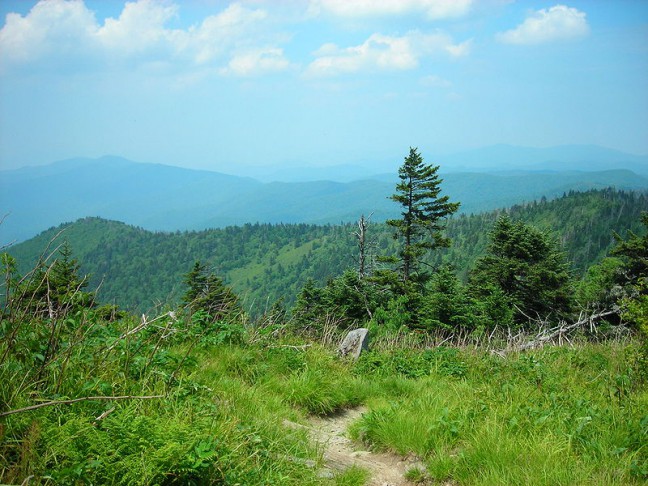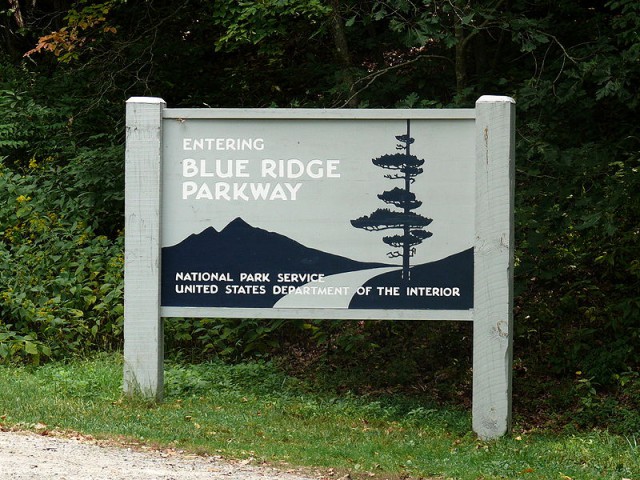
Animal, Culture, Land, Sticky
Not too many generations ago, before snow plows, central heat, and supermarkets, winters in Appalachia were a much different experience than they are today. Many basic necessities such as mobility, heat, and food were not taken for granted. . .
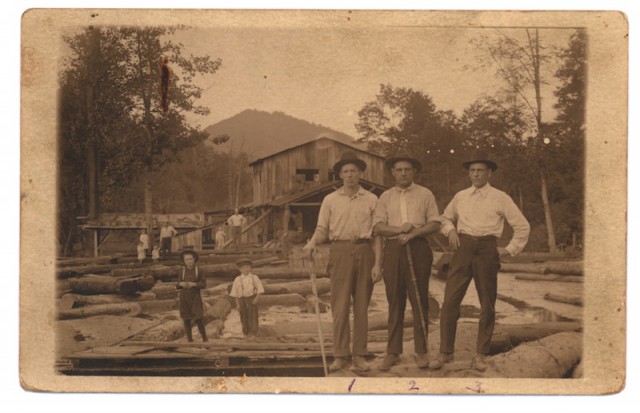
Economy, Land
Industrial logging came to Appalachia with the railroad in the late 19th century. As timber supplies in the Northeast and the Great Lakes regions dwindled, National Lumber Corporation shifted to the vast hardwood forests of the Southern mountains.
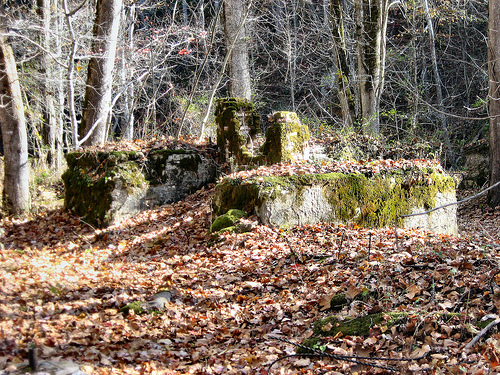
Land
Towns do not survive forever. Western North Carolina has a number of its own lost towns. They disappeared for a number of reasons.
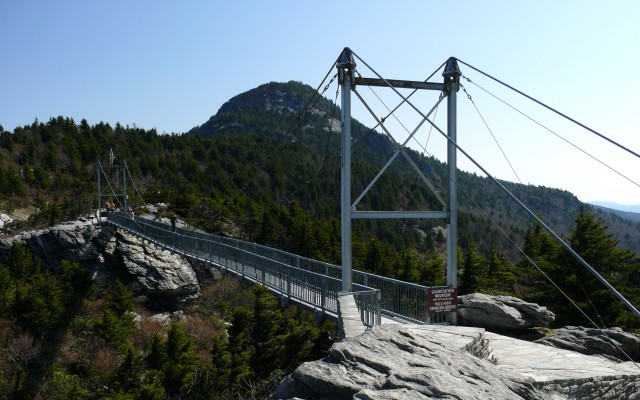
Land
Over 700 million years ago two gigantic plates within the earth’s crust slammed together. Among the results was the creation of one of the highest peaks in the Blue Ridge Mountain range, Grandfather Mountain. At 5,964 feet, the mountain is one of Appalachia’s most visited attractions and one of its most unique natural wonders.


